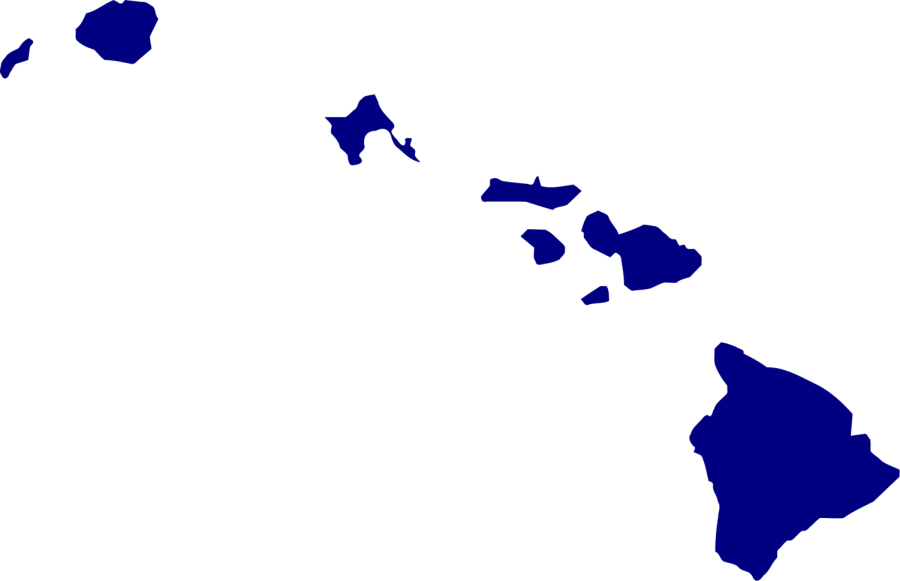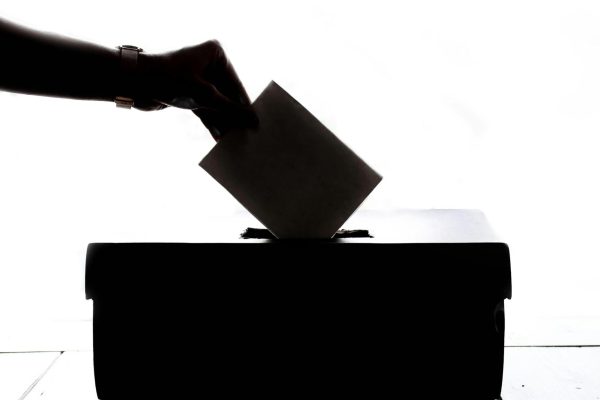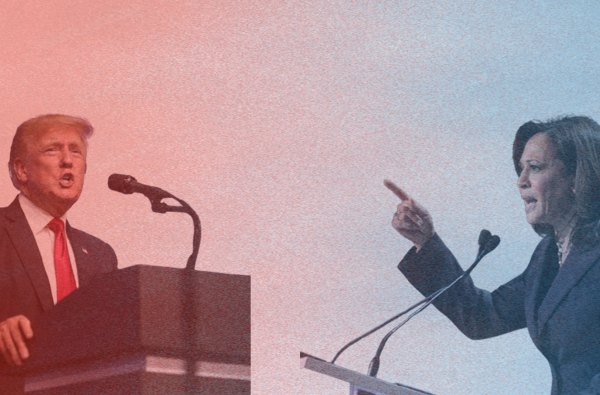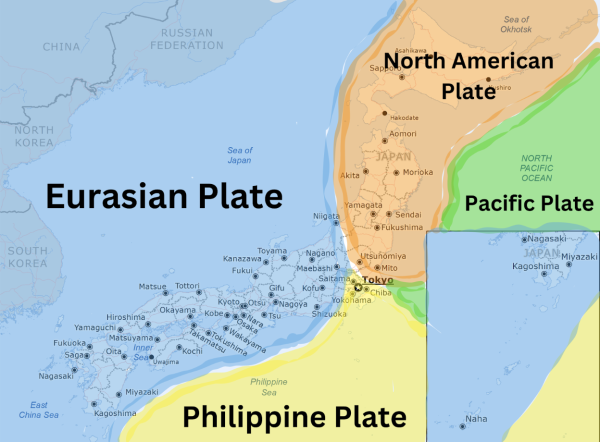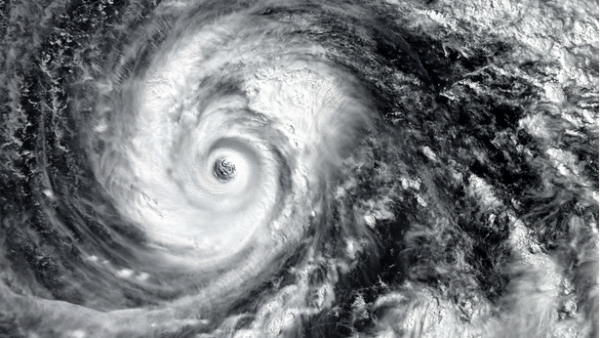Missile Scare In Hawaii
False alarm causes mass panic in Hawaii
On January 13, residents all across Hawaii were thrust into a panicked frenzy for 38 minutes over a false incoming missile alert. This incident occurred after a string of drills and precautions in Hawaii as a result of the tensions steadily rising between the UNited States and North Korea. With the threat of nuclear warfare looming, Hawaii attack drills were conducted and for the first time in 30 years, a nuclear threat siren was being tested. Couple this with the false alarm, and it’s easy to picture how real and terrifying the situation really was. After the alert was sent out, people immediately tried to prepare as best they could for the impending missile by finding shelter available to them and contacting their loved ones, worried it might be the last time they’ll get to speak to them. Needless to say, this unfortunate mistaken alert caused stress and anxiety amongst everyone in Hawaii.
How this happened and how it will be prevented in the future
This incident is a result of an employee at the HawaiI Emergency Management Agency who, while running Hawaii’s emergency alert interface selected “missile alert” instead of the “test missile alert” as he intended. The fact that a severe mistake like this could happen as easily as it did has caused criticism from many. Rebecca Wilson (9th), states that “I do think it was too easy for this mistake to happen. Maybe in the future they should add more steps and make it harder for a mistake like this to happen.”
So, what’s being done to prevent a mistake of this magnitude from occurring again? As of January 20, the HawaiI Emergency Management Agency now requires a two-person verification when they want to send out test and actual missile launch alerts. Additionally, a cancellation protocol has been added so, if by chance a mistake occurs, it can still be cancelled before being sent out to the public.
Did the government handle this well?
Many Hawaii residents have criticized how the Hawaiian government handled the false alarm, stating that it took way too long for the mistake to be corrected. According to the leader of the Hawaii National Guard, Arthur J. Logan, Hawaii governor David Ige was informed that the alarm was false two minutes after it was sent out. If this is true, then why was the public uninformed of this for 38 minutes? According to government officials, the state was not informed sooner due to a “flaw in the alert system that delayed the distribution of the correction.” Before the government could announce to the public that it was a false alarm, many steps had to be taken to verify that there truly was no threat. In Rebecca Wilson’s (9th) opinion, “No, I don’t think they handled it well. It took long enough that some people were even resorting to putting themselves and their children in storm drains. There should’ve been some way to let people know sooner.”
Conclusion
Regardless of whether or not this incident is a part of some intercite conspiracy, or is simply a result of human error, it’s clear that steps need to be taken to make sure this unjustifiable stress on innocent people never occurs again.
Hi, my name is Aubrey and this is my second year as an editor for the Oakton Outlook. I'm a senior and this is my fourth year writing for the newspaper....



